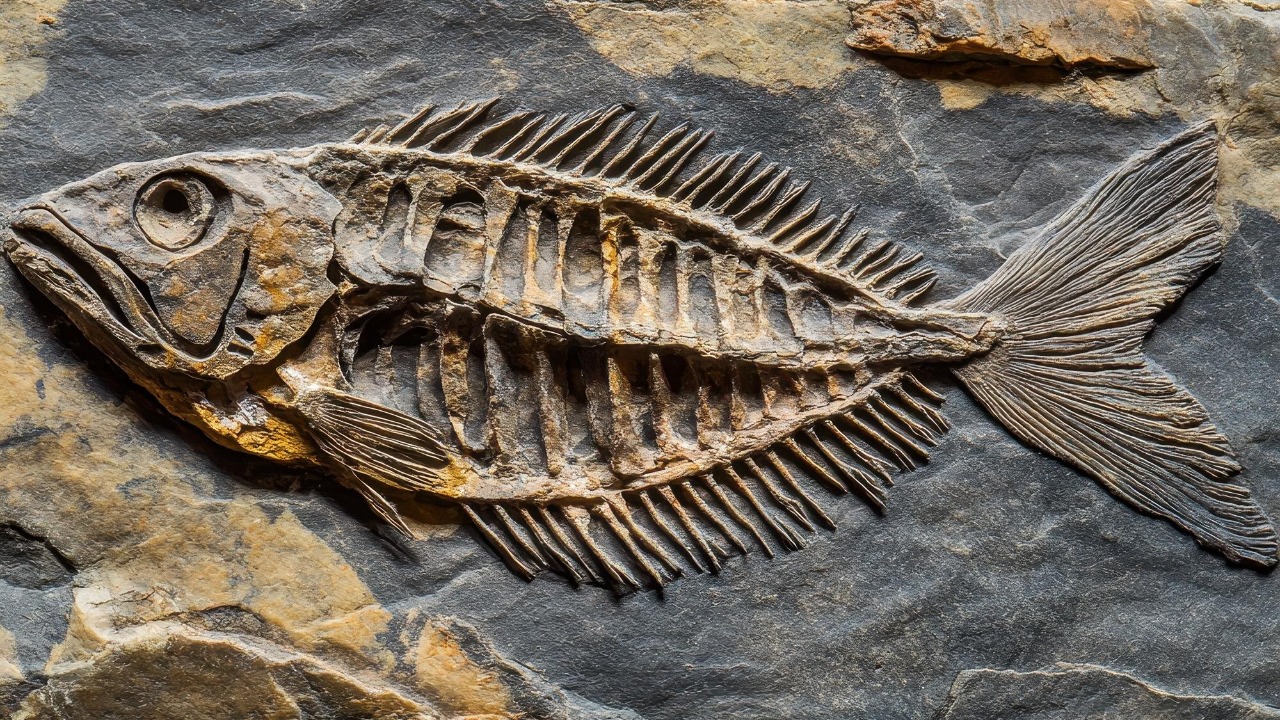
A groundbreaking study published in October 2025 has proposed a new perspective on the early inhabitants of Australia, suggesting that they were not just passive settlers but active fossil hunters. This challenges the traditional views of early human migration, indicating that these first peoples actively sought out fossils upon their arrival. This revelation coincides with recent discoveries by fossil hunters who found the oldest known reptile footprints on an Australian riverbank, offering a fascinating glimpse into the prehistoric landscape these early humans might have encountered.
The New Study on Early Fossil Collection
The recent research suggests that the first people to set foot in Australia were not merely surviving in a new environment but were actively engaging with it through fossil collection. The study presents evidence that these early inhabitants deliberately gathered fossils, possibly as part of cultural or survival practices. This hypothesis is supported by findings from archaeological sites where fossil artifacts have been found in contexts associated with early human activity. Such evidence reinterprets migration patterns, suggesting that these early humans arrived around 65,000 years ago with a keen interest in the natural history of their new home. The methodologies used in the study, including detailed analysis of these sites, have sparked significant interest among experts, positioning fossil collection as a foundational activity rather than an incidental one.
Experts have reacted to this study with intrigue, as it positions fossil collection as a significant aspect of the lives of Australia’s first inhabitants. This perspective challenges the notion that early humans were solely focused on immediate survival needs, suggesting instead that they had a broader interest in their environment. The study’s findings are supported by evidence of modified megafauna bones found in human settlements, indicating intentional collection and use of fossils by these early migrants. This new understanding of early human behavior in Australia could reshape how we view the development of Indigenous knowledge systems and their adaptation to the environment.
Discovery of Ancient Reptile Footprints
In May 2025, fossil hunters made a remarkable discovery on a riverbank in Australia, uncovering the oldest known reptile footprints. These tracks, dating back to the early Permian period, provide a rare glimpse into the prehistoric life that once thrived in the region. The footprints are preserved in sedimentary rock and are located along an ancient river system, offering valuable insights into the environment that early humans might have encountered. The physical characteristics of these footprints, including their size and preservation, have been meticulously documented by paleontologists, marking a significant milestone in Australian prehistoric paleontology.
The identification process confirmed that these tracks belong to early reptile-like creatures, highlighting the rich biodiversity that existed in Australia long before human arrival. This discovery not only enriches the fossil record but also provides context for understanding the ecosystems that early migrants might have exploited. The presence of such ancient tracks suggests that early humans could have encountered and collected fossils from these creatures, integrating them into their cultural practices.
Linking Early Humans to Fossil Hunting Practices
The October 2025 study draws connections between the recent footprint discovery and the hypothesis that Australia’s first peoples were fossil collectors. Evidence from sites near the footprint discovery supports the idea that early humans integrated fossils into their tools or rituals. Specific artifacts, such as modified megafauna bones, demonstrate intentional collection by the first arrivals, suggesting a sophisticated understanding of their environment. This evidence aligns with the timeline of early human migration, indicating that these practices were established soon after their arrival in Australia.
The overlap between the timeline of the footprint site and the arrival of early humans provides a compelling context for understanding how these ancient peoples might have interacted with their environment. The presence of fossils in human settlements suggests that these early inhabitants were not only aware of the prehistoric life around them but actively engaged with it. This new perspective on early human behavior in Australia highlights the complexity of their interactions with the natural world and the potential role of fossils in their cultural practices.
Implications for Australian Prehistory
The narrative that the first people to set foot in Australia were fossil hunters has significant implications for our understanding of Indigenous knowledge systems and environmental adaptation. This perspective challenges traditional views of early human behavior, suggesting that these first inhabitants had a deep interest in the natural history of their new home. The discovery of the oldest known reptile footprints enriches the fossil record, providing valuable insights into the ecosystems that early migrants might have exploited. This new understanding of early human behavior in Australia could lead to further research into the role of fossils in Indigenous cultures and their adaptation to changing environments.
Future research directions could include excavations at riverbank sites like the May 2025 location to find direct links between ancient tracks and human fossil use. Such studies could provide further evidence of the sophisticated interactions between early humans and their environment, offering new insights into the development of Indigenous knowledge systems. As researchers continue to explore these connections, the narrative of Australia’s first peoples as fossil hunters could reshape our understanding of human history and the complex relationship between humans and their environment.
More from MorningOverview